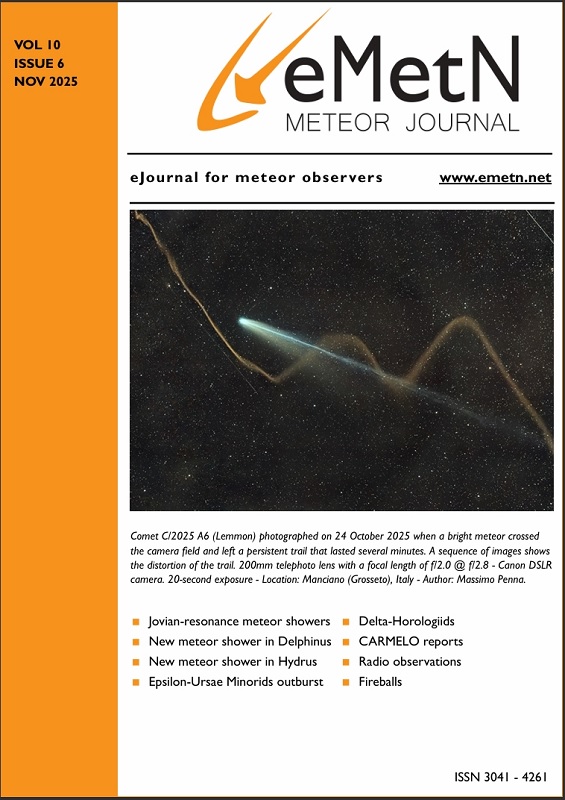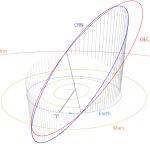Meteor Activity Outlook for 3-9 December 2016
During this period the moon reaches its first quarter phase on Tuesday December 6th. At this time the moon will be located 90 degrees east of the sun and will set between 11pm and midnight local standard time (LST). As the week progresses the waxing gibbous moon will begin to interfere with early morning meteor observations as the bright moonlight will obscure the fainter meteors.
Read More




